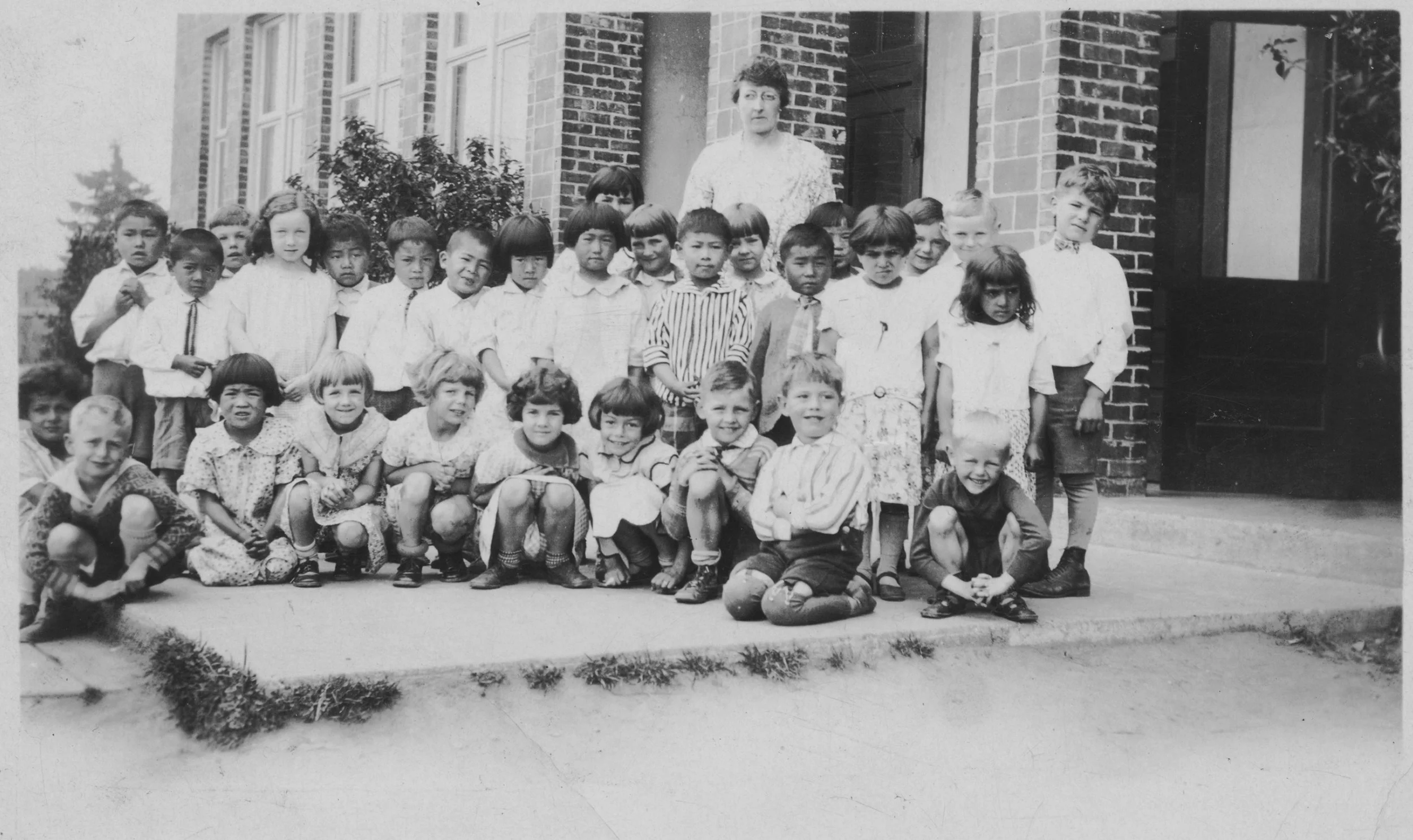2018 was a momentous year!
· McDowell House Renovation: We celebrated the centennial of the McDowell House, home to our programming and administrative offices, following a four month renovation. We can now hold monthly programs on-site for the first time in over a decade.
· 2018 Bellevue Strawberry Festival: We hosted the 15th annual Strawberry Festival to celebrate Bellevue's agricultural heritage. More than 60,000 people attended.
· Caring For Our Collection: In the final months of 2016, EHC secured a new storage facility for its archives in Bellevue, and in 2017 completed an inventory of EHC’s entire 60,000+ piece artifact collection with the assistance of two University of Washington Museology graduate students.
· Educational Programming: Continued partnerships provide educational heritage programming for students in the Lake Washington and Bellevue School District. EHC interprets the historic 1888 Fraser Cabin at Kelsey Creek Farm, leads guided Early Bellevue Walking Tours, and at puts on our signature event the Bellevue Strawberry Festival.
· Hands-on History Programming: We partnered with the Pacific Science Center to launch a new spring and summer program series focused on the cultural uses of the Mercer Slough from the Duwamish to the present.
· Heritage Preservation: EHC, with the City of Bellevue Department of Parks and Community Services developed language to interpret the American Whaling Company’s whaling station located on Meydenbauer Bay. The whaling station and accompanying interpretation will serve as a new focal point for community engagement at the new Meydenbauer Beach Park, soon to open.
· Heritage Online: EHC launched a new website. The website makes it easier than ever to see what events are coming up in the Eastside world of history and heritage. Our website also links to our online photo archive and other useful local history resources. You can make research requests through the website as well.
Make your donation go twice as far!
This year a supporter has offered to generously match the first $2000 donated to Eastside Heritage Center.
Here are some examples of how your tax-deductible donation will provide crucial support:
$75 supports the preservation of a large 25'x10' canvas business directory that hung from the side of a large building on the road way between Kirkland and Bothell in 1937.
$120 funds the digitization of the business ledger from The Valley Hotel in Redmond that mainly served Loggers and the personal activities of the owner W.E. Sikes from 1881-1891.
$500 enables EHC to provide three free guided historic waking tour programs to the public.
$750 funds the digitization of one year of The Lake Washington Reflector, Bellevue’s first local newspaper, making it more accessible for researchers and prolonging the life of the physical items.
$1,500 supports EHC’s intern program, by funding a six month stipend for one student intern.
$20,000 allows EHC to display a never-before-seen Japanese war-time collection, which was given to EHC through the generous donation of a local Clyde Hill family.
$25,000 funds EHC’s annual collection storage cost.
Please consider making a financial contribution or annual pledge to Eastside Heritage Center this year, directly benefiting the very tangible pieces of community history that are in our care.
Sincerely,
Mike Johnson Betina Finley
Board President Board Vice President









